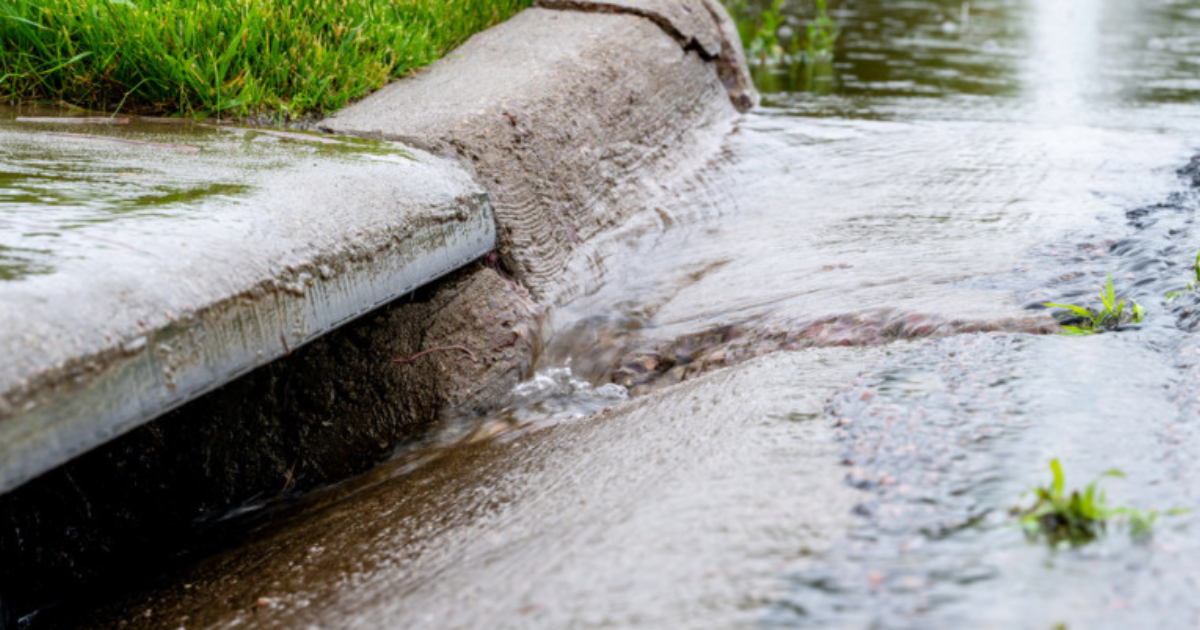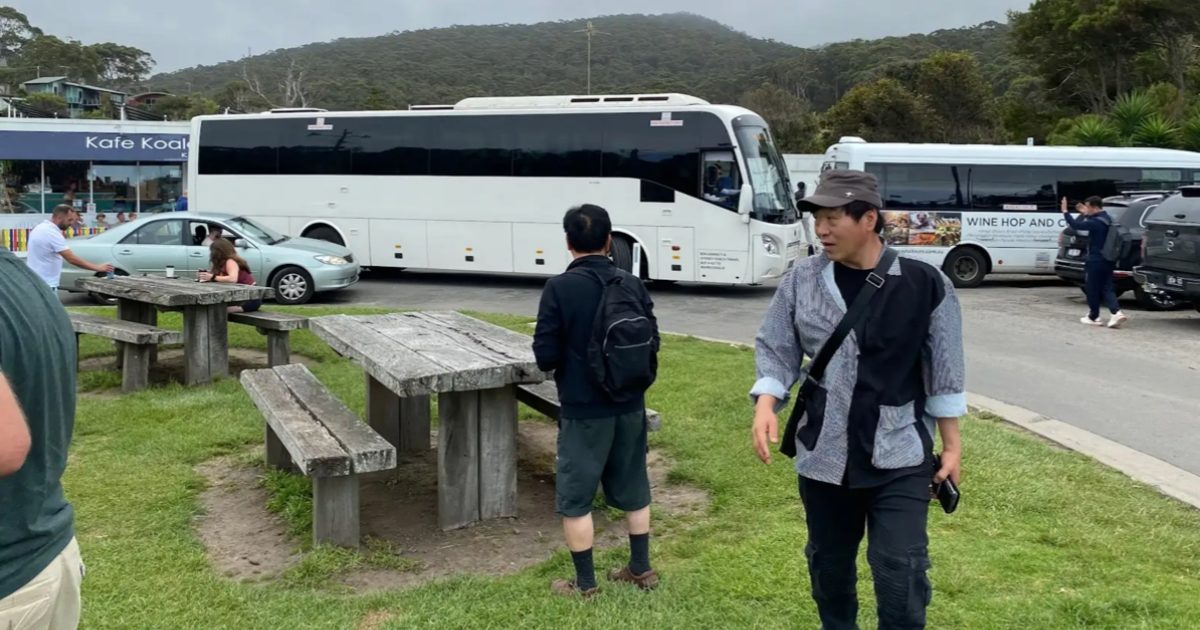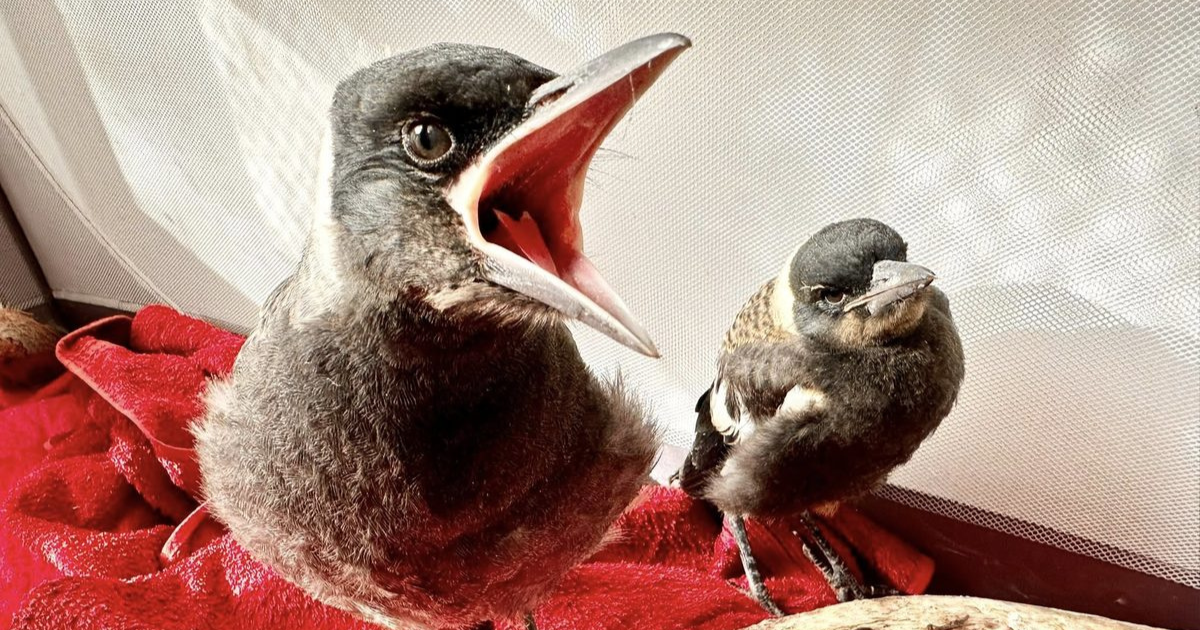RCV urges faster easing of coronavirus restrictions outside Melbourne
THE state’s regional areas continue to have a very low number of active coronavirus cases, and Rural Councils Victoria (RCV) is urging the Victorian government to loosen the restrictions faster than set out in Victoria’s coronavirus roadmap.
On September 17, councils outside metropolitan Melbourne moved to the roadmap’s Third Step, which has considerably lower restrictions on movement and activity than under the Second Step (which still applies in metropolitan Melbourne).
The next stage, the Last Step, has even looser restrictions, including outdoor public gatherings of up to 50 people, up to 20 visitors to the home, indoor hospitality functions for up to 50 people, and reopening of gyms and municipal libraries.
However, the entire state must move to the Last Step (which requires no new cases for 14 days) together, and metropolitan Melbourne cannot move to the Third Step until at least October 18.
Regional Victoria’s rolling 14-day average of coronavirus cases has been at 0.3 for about a week, and RCV chair Mary-Ann Brown said last week that her organisation had formally requested the easing in rural Victoria occur at least on the same day it changes in Melbourne, and much earlier if possible.
“Many parts of rural Victoria have had zero new cases for much longer than 14 days and, yet have harsher than necessary restrictions imposed on their communities.
“RCV also suggested that rural-based workers to be allowed to return to work – subject to density requirements and COVID-safe plans – as it is our understanding that working from home is largely required to keep people away from high-risk situations, such as public transport, lifts, escalators and other factors more relevant to Melbourne.
“RCV is committed to working collaboratively with the Victorian Government an ensure that all rural Victorians can transition safely through the easing of restrictions.”
The state government has previously resisted calls for regional Victoria to move independently and will not lift the requirement for face masks outside of Melbourne either, if the remarks of Victoria’s chief health officer Professor Brett Sutton last week are anything to go by.
Professor Sutton said masks “make the difference between a super-spreading event and potentially infecting no one at all, or one or two individuals”.
“When you’re not wearing a mask, the ability to spread the virus to anyone around you is much, much greater.”
He said the requirement to wear masks outside the home was a “really important” setting now, but it would be reviewed over time.
“The settings will change. As these numbers are driven down, and I’m confident we have seen – you know, even today (October 2), we have seen a halving of the number of cases of unknown origin, we have seen halving of the number of active cases. So it’s totally heading in the right direction.
“The settings should change over time. But, right now, the stakes are so high for regional Victoria that if there’s a seeding – and there are still people moving into regional Victoria in their hundreds, if not thousands – we need to protect everyone there from the possibility of a cluster that becomes an outbreak that becomes explosive numbers. That is a really high-stakes game.”


















